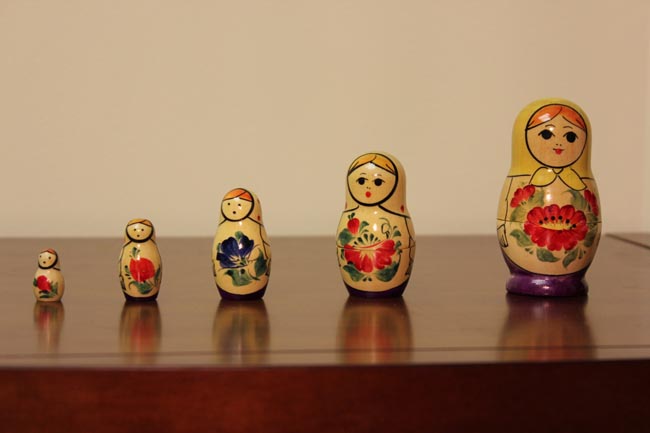Monique Raimbault, RMFT
Navigating Change
Therapeutic approaches: Personal and spiritual growth
"To know the truth, all you have to do is close your eyes." -- Gregory Roberts
Personal growth
My philosophy of practice is influenced by psychodynamic theory, which claims outlook, behavior and feelings are shaped by underlying beliefs and childhood experiences. In my view, therapy is essentially about the dance between change and acceptance -making peace with what can't be changed and taking steps to change what we do control.
The change process basically involves three components:
- naming - becoming aware of our patterns (ie. "I've noticed when I don't get my way, I sulk.")
- claiming - taking responsibility for these patterns (ie."So then I pull away and people feel punished."
- taming - choosing a different response (ie. "Next time I don't get my way, I'll take a breath and try to calmly tell you what I need.")
In order to choose a different response, we need to distinguish the event from our interpretations of the event (thoughts, feelings, perceptions). This is perhaps the greatest gift effective therapy has to offer - to help us let go of old coping patterns, choose new responses and create the kind of future we want.
Spiritual growth
Some clients request a deeper inquiry into the meaning of existence and want to explore more complex, intricate levels of consciousness, ie. "Who am I? Who dies?" Often the answers to these questions go beyond words or what we can grasp with the intellect. They demand we plunge beyond our inner wisdom and connect with a greater collective wisdom, beyond the place of ego. For these questions, I use a psychospiritual approach which entails a contemplative exploration of the divine (however you define the sacred or mystery - be it God, a universal force, the Creator, randomness) and how it is touching our lives.
A visual representation of my conception of psychospiritual inquiry or conscious living is the stacking Russian dolls.

The biggest Russian doll represents the content of the story - what happened? what's hurting?
The 2nd biggest Russian doll represents the feelings about the story
The middle doll represents the theme beneath the story - When have I experienced these feelings before? Is there a common thread running through my life?
The 2nd smallest Russian doll represents the lessons to be gleaned from the theme - What am I to learn from this experience? What spiritual practices do I need to put in place?
The smallest Russian doll represents deep acceptance with what is, the knowing that, ultimately, all is well.
This exploration or movement is not easy work. It's going to take practice to move from a place of reactivity to response-ability. But that work is what can set us free - to live conscious, more joyful and gratifying lives.
See the following section on Psychospiritual inquiry for more information.